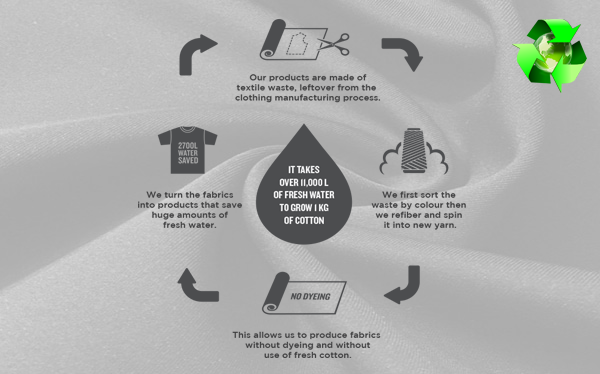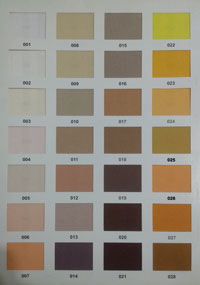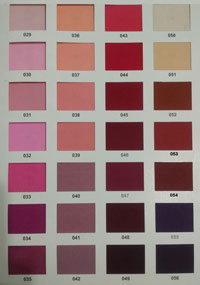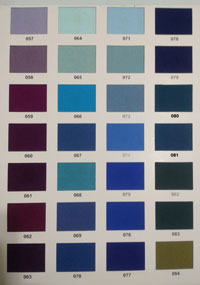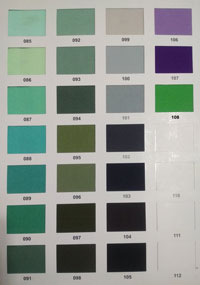The increasing number of production facilities as a result of the worldwide industrialization causes problems such as the reduction of natural resources and environmental pollution to become a priority agenda at the international level. In this context, recycling practices aiming at the recycling of used products gain more and more importance in countries that deal with the issue sensitively. Textile recycling is also included in these innovative and environmentalist studies. Today, the second most polluting business line after the oil industry is textile. As such, textile products that are consumed on a mass scale in the world create tons of waste every day. Textile waste recycling consists of many processes. These processes are respectively; is the collection, separation, processing of wastes and finally converting them into reusable products with the raw materials obtained.
How is textile recycling done?” To answer the question, it may be appropriate to examine the recovery stages of other materials. Textile wastes are recycled by going through almost the same stages as the others. Textile wastes to be processed for recycling arise during production processes. These wastes are the excess produced in yarn production and scraps, fiber and fabric pieces. Used textile products also create consumer-sourced waste. Textile wastes collected from producers and consumers in various ways are subjected to a sorting according to fabric color and type. Correct classification is of great importance in completing the recycling in the most efficient way. Mistakes made at this stage may result in different or unusable gains in the processing of waste. Waste classified in the next step is processed by textile recycling machines. Materials recovered in this way are sold to producers according to their intended use, adding value to the economy again.
Among the textile recycling processes, the most risky and laborious one is the recycling of the fabric. The quality, color and amount of foreign matter in a fabric are among the factors that affect its recycling. A fabric waste requires work according to the rate of damage it receives. The density of the dye in the fabric is also important in the recycling stage. The amount of dye is an issue that devalues the fabric as waste and makes its transformation difficult. Preferring recycled textile products for yourself and your loved ones is one of the most effective ways to reduce your carbon footprint.
Textile recycling is one of the applications that contribute to reducing the carbon footprint. Thanks to the recycling of all wastes and textile products, on the one hand, natural resources and the environment are protected, on the other hand, energy savings are achieved. In addition, thanks to these practices, the amount of garbage that needs to be disposed of is also reduced. Investing in the future becomes possible with the reintegration of raw materials obtained from processed textile wastes into the economy cycle. Even to produce two items that can be considered simple in the eyes of the consumer, such as t-shirts and jeans, 8 tons and more water is used. In addition, unpredictable levels of chemicals, materials and energy are consumed when turning fabrics into clothing. Fabric dyes also cause high levels of chemicals to be released into the environment.
All of the Fabrics we use, Polyester and Cotton products are suitable for recycling. Upon Incoming Demand, Knitted and Woven Recycled Fabrics are Procured.

